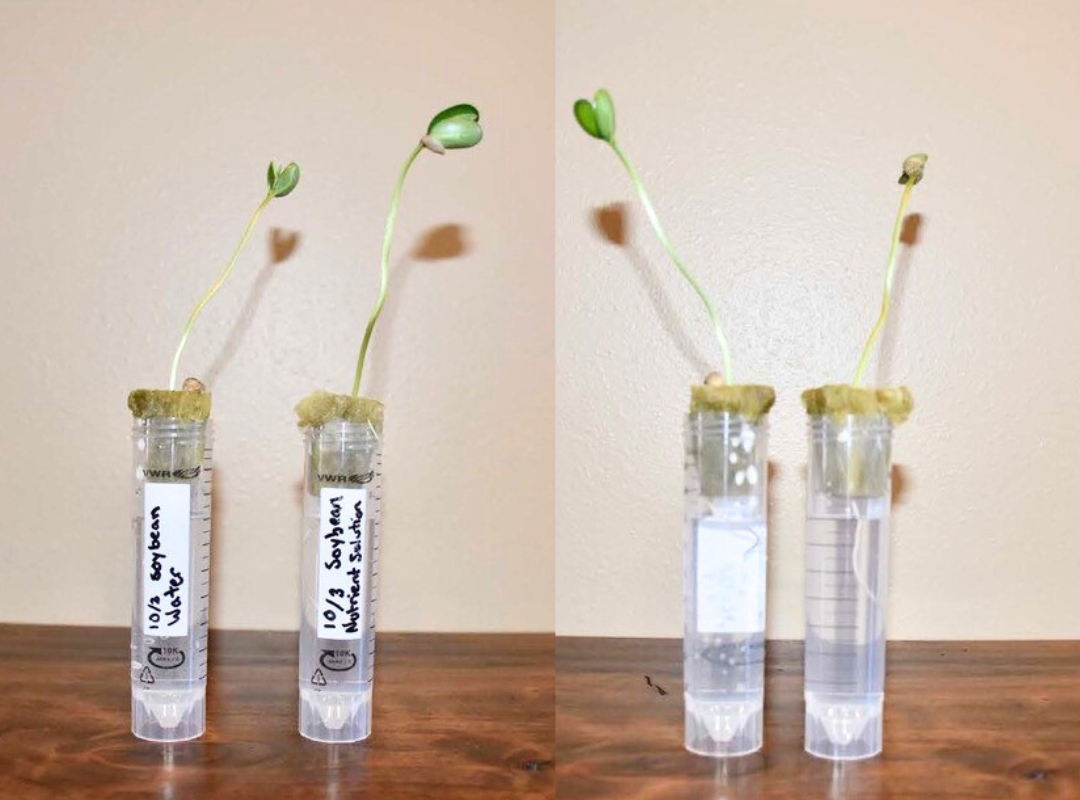
Test Tube Hydroponics (Grades 6-8)
Investigate the importance of nutrients to support plant growth and discover how plants grow without soil by growing and observing plants in a test tube hydroponic system.

Investigate the importance of nutrients to support plant growth and discover how plants grow without soil by growing and observing plants in a test tube hydroponic system.
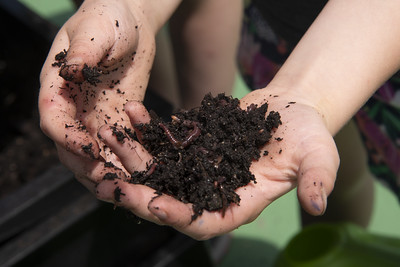
Students create a worm bin which will serve as a basis for investigations about ecosystems, life and nutrient cycles, and decomposition.
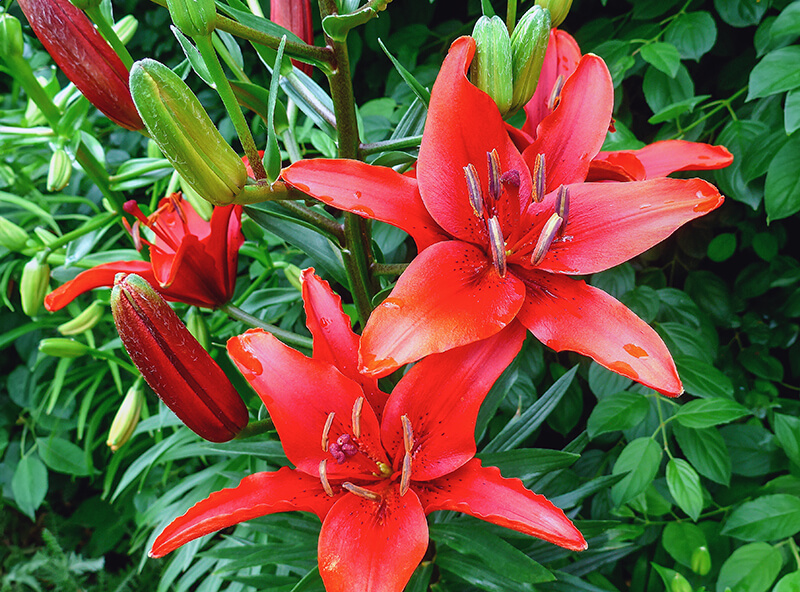
Students observe the anatomical structures of flowers and explain a flower's role in plant growth and reproduction as well as their connection to our food supply.
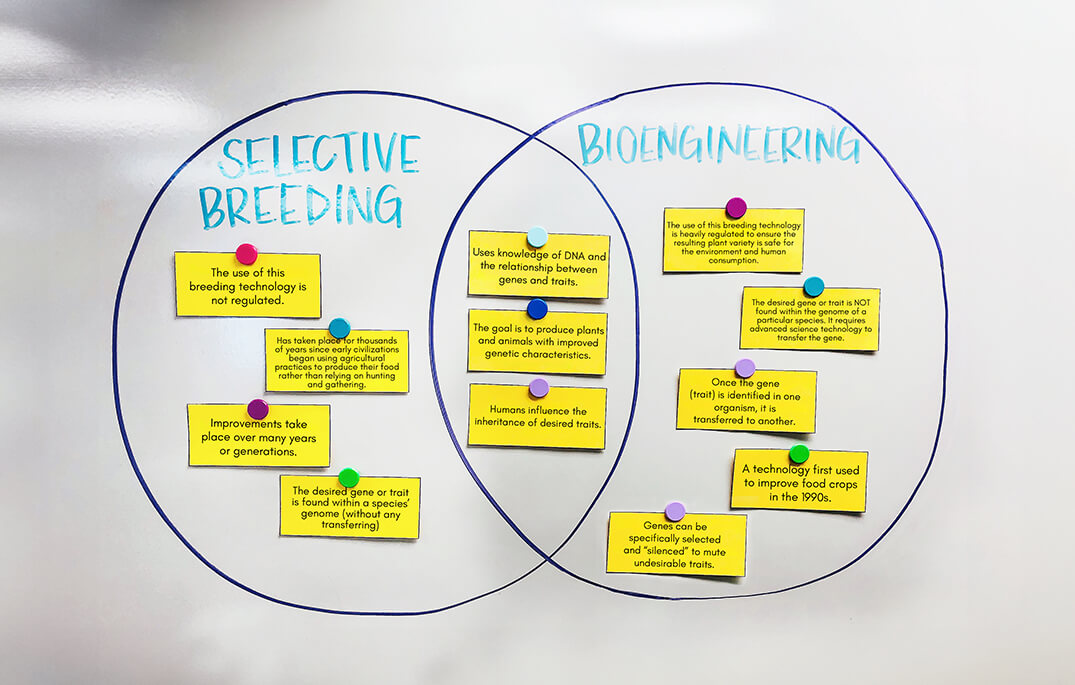
Students identify technologies that have changed the way humans affect the inheritance of desired traits in organisms; compare and contrast selective breeding methods to bioengineering techniques; and analyze data to determine the best solution for cultivating desired traits in organisms.

Students will explore the steps and processes that create a food system and gain an understanding of hunger as it relates to the physical well-being, culture, and geographic location of all people. Students will learn what a food system encompasses, create a "food system chain," and discuss why hunger still exists despite modern advances that have made the US food system highly efficient.
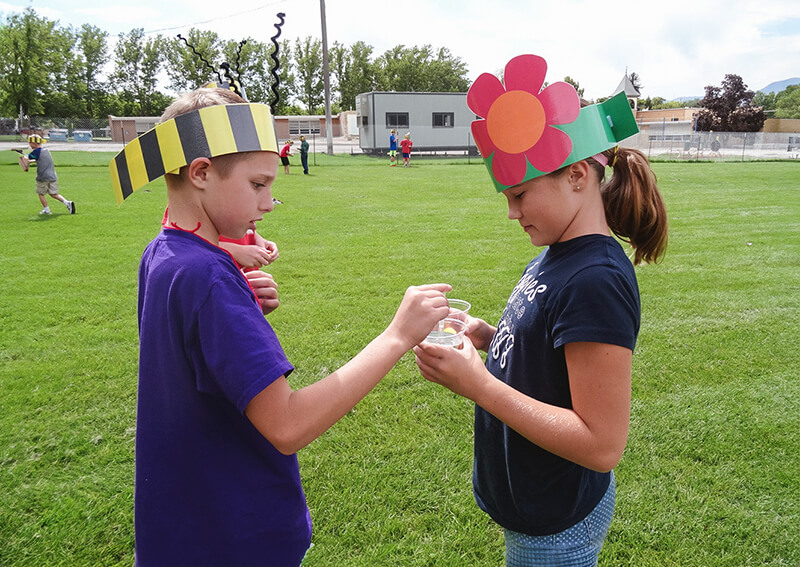
Students identify the parts of a honey bee, the stages of its life cycle, and its role in pollination.
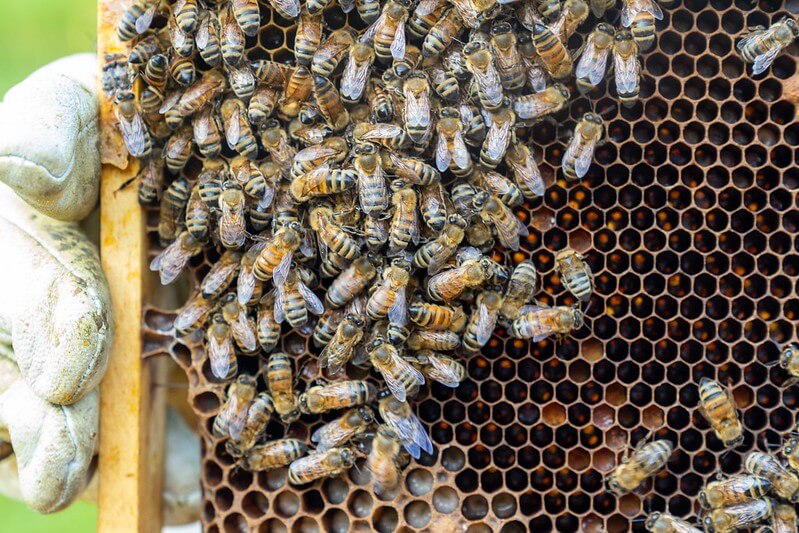
Students investigate the three types of honey bees in a colony, identify their roles, and recognize honey bees as part of a community that works together.
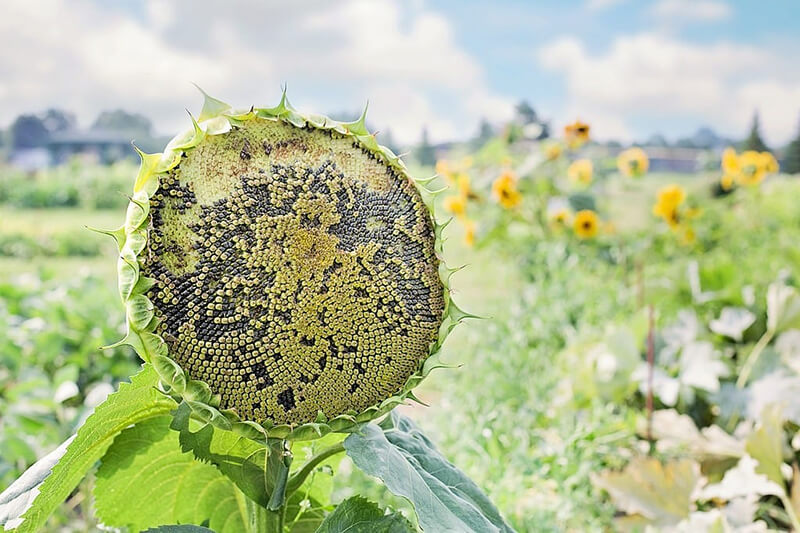
Students observe the growth and development of sunflowers, identify how sunflower seeds are used, and make a paper plate sunflower to illustrate the life cycle of the sunflower.
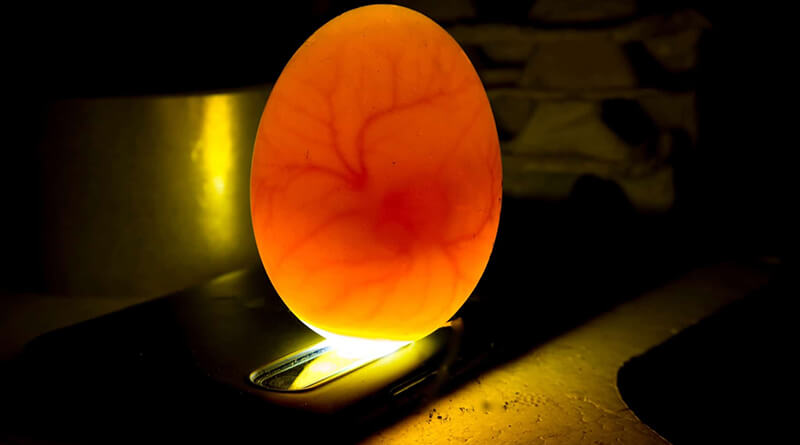
Students investigate embryo development in chicken eggs.
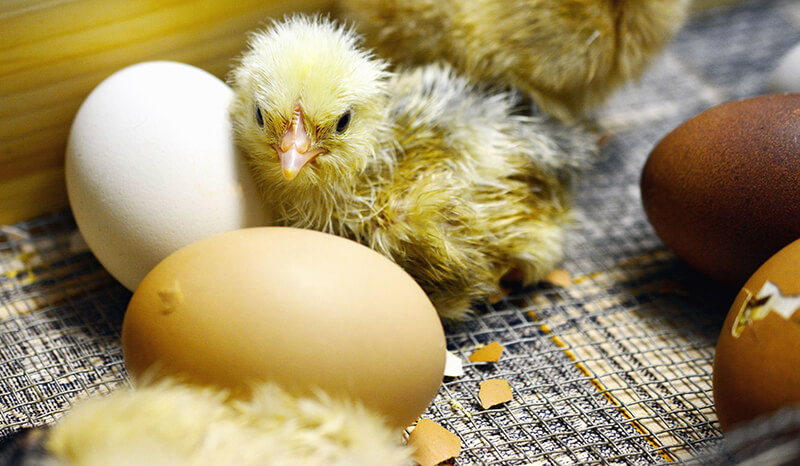
Students explore how an embryo develops inside of a chicken egg over time, discuss life cycles and other natural cycles, and observe similarities and differences between parents and offspring.

Students explore how an embryo develops inside of a chicken egg over time, discuss life cycles and other natural cycles, and observe similarities and differences between parents and offspring.
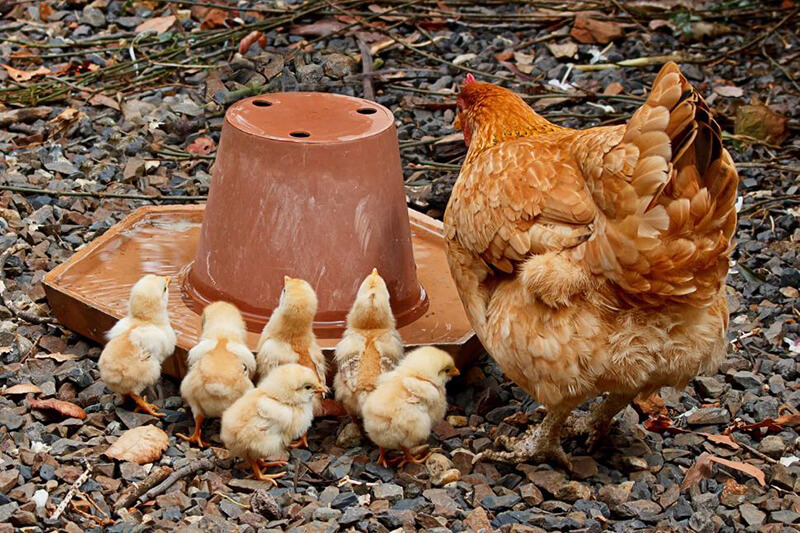
Students identify different breeds of chickens, examine physical characteristics, and determine the stages of a chicken's life cycle.